Cerro do Ouro. A "fanciful name" for a mound where, earlier this week, archaeological excavations began in what is the largest hump ever found in the Monchique mountains. And what is a mound? It is a megalithic tomb, which must have been built about 6000 years ago, on top of that hill from which you can see, down there, half of the Algarve coast.
The excavations are under the responsibility of António Faustino Carvalho, professor at the University of Algarve, and Fábio Capela, the municipal archaeologist of Monchique, and aim to make known the mysteries of this monument, which is 2000 years older than the pyramids of Egypt or 1500 years older than the tombs of Alcalar, located at the foot of the mountain, in the neighboring municipality of Portimão.
On a site visit, accompanied by the Sul Informação and by Rui André, mayor of Monchique, a month before the start of the excavations, António Faustino Carvalho, who did not yet know the place, could not hide his enthusiasm: «It is truly impressive. The mound of Cerro do Oiro is so well preserved that it looks like a natural extension of the hill», he said.
"Look! This is a mainstay! There are pieces here everywhere,” he exclaimed, lifting a stone smoother than the ones around it from the ground. "Only after this more open will we be able to grasp the importance of the place and, from there, define a strategy."
No less enthusiastic was Fábio Capela: “here is a hand grinder, one of the many we have found next to these monuments”, he explained, while crouching, he pointed to an oblong stone, very polished, with a cavity at the top. "These millstones should be placed here as an offering."
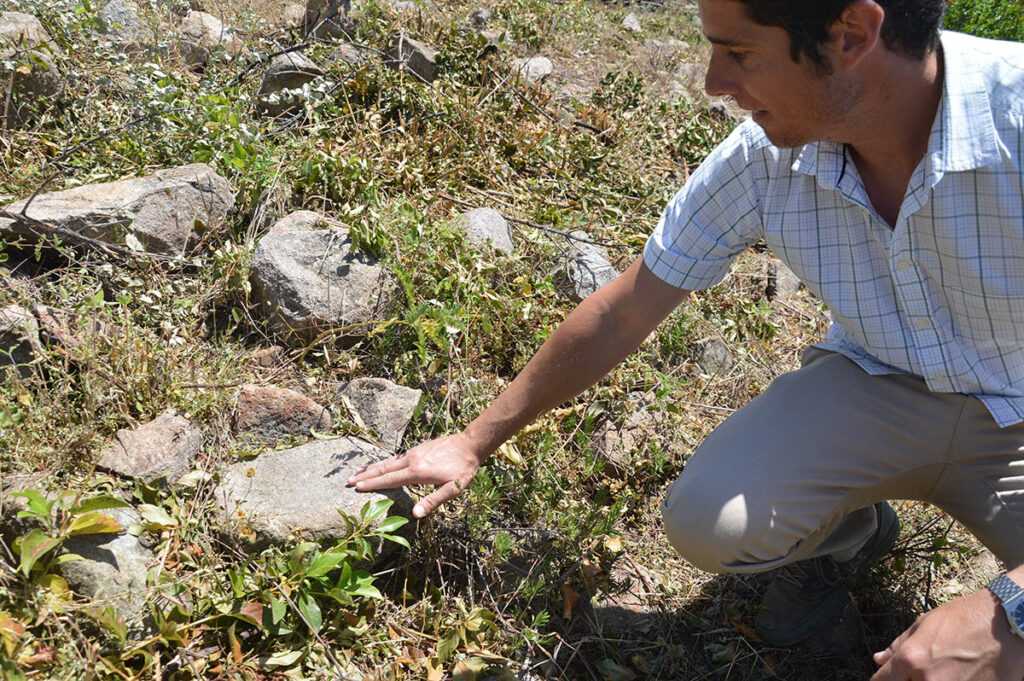
Although it is not a fact of general knowledge, the Monchique mountains are an international reference when it comes to European megalithism, to this culture whose necropolises (cemeteries) and monuments were made of large stones.
In the entire mountain range, there will be "more than 30 necropolises with mamoa". In Palmeira, towards Caldas de Monchique, there are 16 graves, according to archaeologist Fábio Capela, “the largest known necropolis so far” in those parts. At the Cerro do Esgravatadouro, which will also be the target of archaeological intervention this summer, "there will be 9 graves".
The discovery of the importance of the «graves of Caldas de Monchique», which since the middle of the last century have been considered one of the origins of megalithism in Europe», was made in the 30s by a trio of Portuguese researchers, says António Faustino Carvalho .
The trio included José Formosinho, the only Algarve, who in 1937 made the 1st report on the archaeological discoveries, Abel Viana and Otávio da Veiga Ferreira, who was a geologist at the Monchique spa and who also worked at the Geological Services of Portugal.
«These three friends did a lot of work here, with a lot of quality for the standards of the time», raising the tip of the veil over an almost sacred mountain, where the phenomenon of megalithism had an original expression. The reports made at that time are still studied at the universities of Europe: “In Sweden, England, France, this is known about the graves of Caldas”.
«The landscape that encompasses here, the presence of water that was already flowing from the mountain, the geological accident», all of this must have influenced the men of six millennia to choose these places to build their funerary monuments, emphasizes António Faustino Oak.
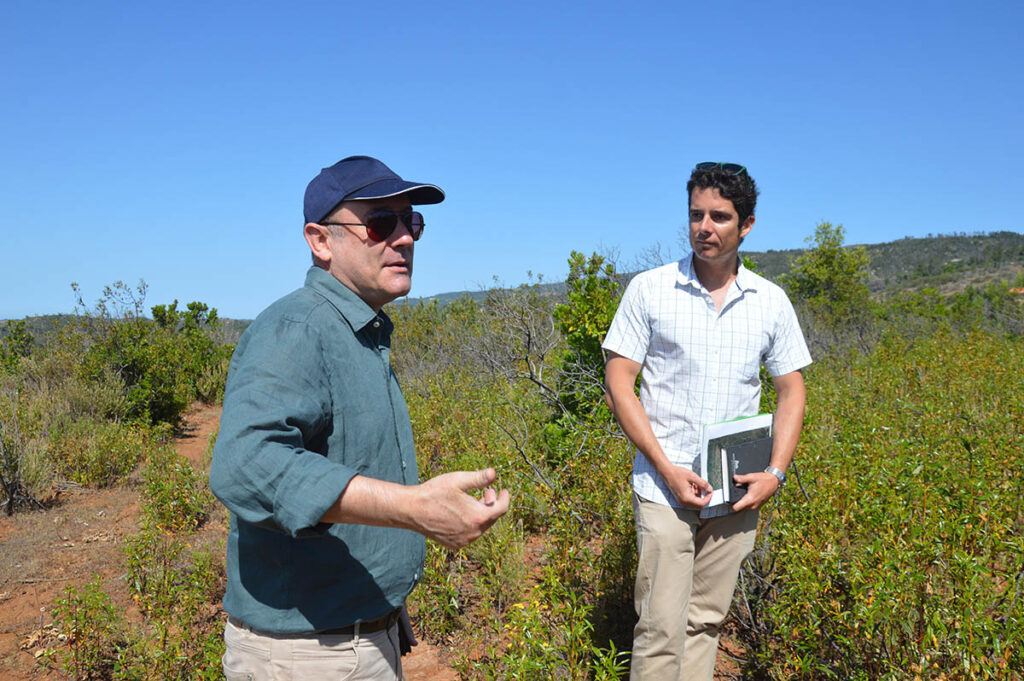
Fábio Capela, who knows the hills, valleys and streams of the Monchique mountains like no one else, because he has walked them all on foot or in a jeep, discovered – or rediscovered – many of these ancient monuments after the great fire of 2018, which cleaned up the hills and laid bare the structures.
"In 2018, I discovered this one, from Cerro de Oiro, to which the three investigators do not refer". In the same area, in what is now identified as Castelo da Nave 2, Fábio Capela found a prehistoric settlement. Because they are Neolithic monuments, when man did not yet use metals, in addition to the large stones that shape the graves, what is found are simple «hand grinders, flint knives, ceramics».
“There are no treasures here! Even the toponym Cerro do Ouro is a fantasized memory, because, when this mound was built, metals, namely gold, were not yet used», insists on stressing António Faustino Carvalho.
Fábio adds: "For me, the treasure is if people's bones appear, namely their teeth, because they would allow us to know what they ate, how they ate, where they came from, how old they were, what they died from." Because, he explains, "we have these graves, but we don't know how they lived, because osteological remains were never found, nor where these people lived."
«They lived in huts, in the valleys, by the streams», António admits, «because of the landscape, the thermal waters that already sprouted here, the protection that the mountain gave».
«Because this is acidic, syenitic soil, with a very high pH that destroys bones, I don't have much hope…but, if there are human remains, the story of the people could be told. they lived here», reflects the archaeologist and university professor.
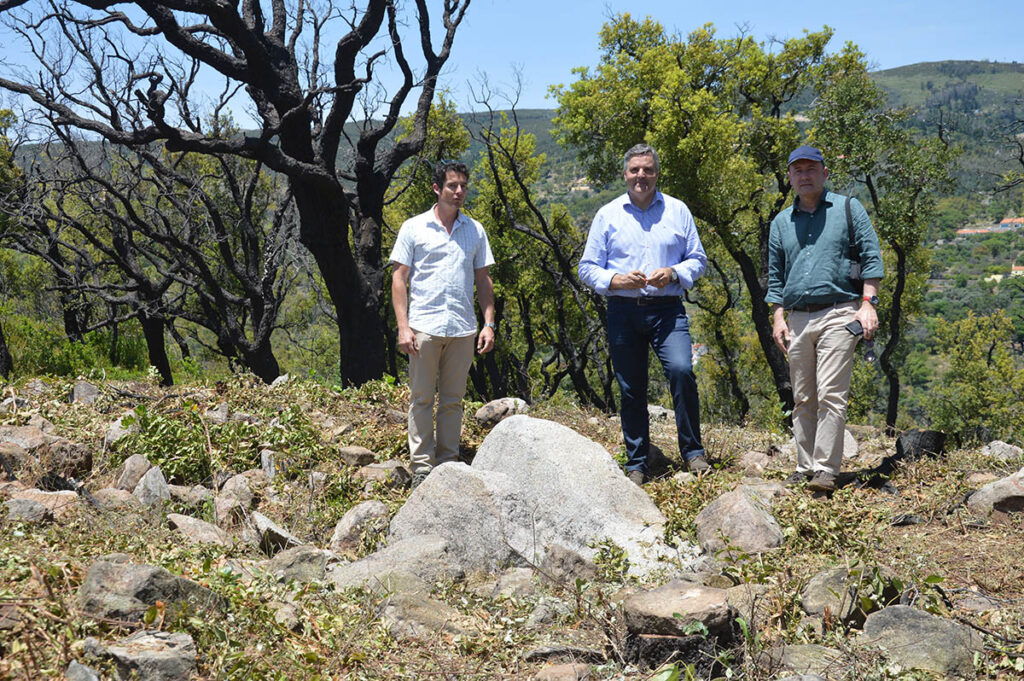
The first campaign of archaeological excavations in Cerro do Ouro, in what is, so far, the largest tumulus discovered in the Monchique mountains, started a week ago and will last until mid-August.
A mamoa, explains archaeologist Fábio Capela, “is a tapir, a funerary chamber with a corridor, originally covered with an artificial hill in earth and stones”, resembling a breast. hence the name mound.
According to the “architectural archetype of the dolmens, it should have a corridor oriented to the southeast (east)”, adds António Faustino Carvalho. "Usually, the corridor points to the east, according to the Neolithic tradition of building tombs."
This summer's archaeological excavations will also include a shorter intervention, perhaps fifteen days, at Cerro do Esgravatadouro or Buço Preto, on the other side of the mountain.
Here, the owner is D. Cidália, who owns the land, with her husband, bought a few years ago and who guarantees that “I've always heard about it”, that there are very old structures there. António and Fábio went to meet her at the site, a few hundred meters from her house, so that the lady could give her permission, in writing, to deforest and for the archaeological work.
The interventions in these two locations are the result of a three-year project, between 2021 and 2023, which brings together the Municipality of Monchique and the University of Algarve. Taking into account the importance of megalithism in this Algarve region for international research, the project also involves the University of Gothenburg (Sweden), as well as other academies and institutions in Portugal, Galicia, Italy and France.
The University of Gothenburg will not only send archaeologists and students to the Algarve to participate in the summer excavations, it will also carry out and pay for any necessary laboratory analysis. «This area is an international reference», emphasizes António Faustino Carvalho.
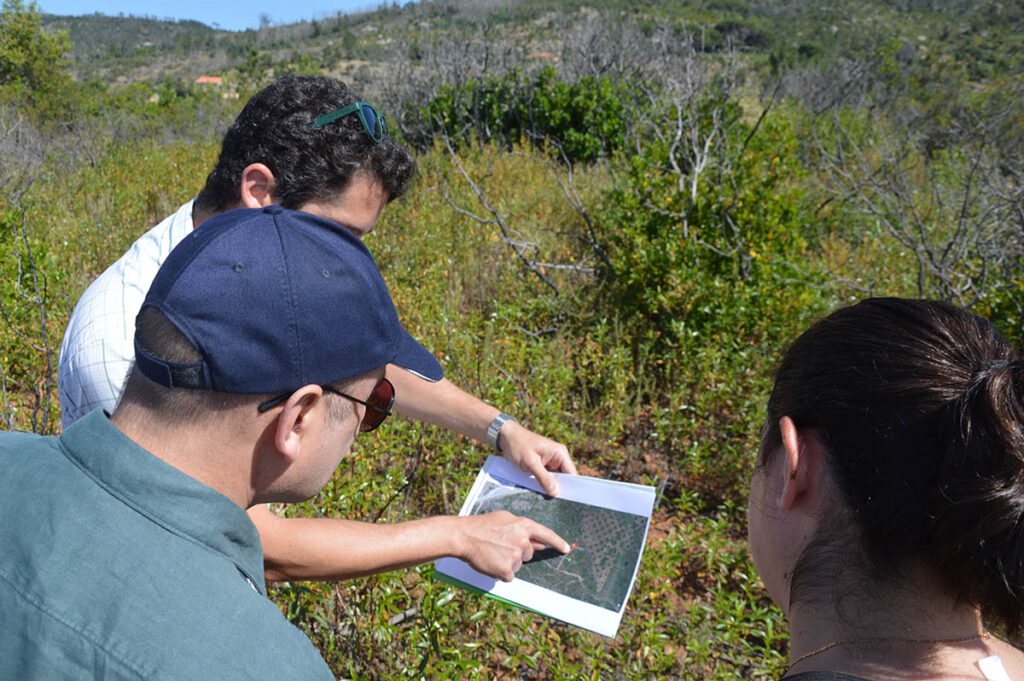
In both locations – Cerro do Ouro and Esgravatadouro – the primary mission of the archaeologists will be “to clean, record, better understand what is there. The idea now is to collect scientific information», as summarized by Fábio Capela.
Then, towards the end of the campaign, when there is already «more to show», «people from here, the Monchiquenses, will be invited to visit the excavations, to see what we are doing and what comes out of these excavations» . The date for this open day has not yet been set, but it will be in August that «people from the land will be able to come to meet and chat with us».
Very curious about what will be discovered are Sónia Martinho and her husband, owners of Cerro do Ouro. Sónia is the Monchique City Council's forestry engineer and, therefore, has often spoken about the municipality's heritage – and the discoveries that the great fire of 2018 made possible – with Fábio, the municipal archaeologist. «Before buying this land, I knew something was here, by name and by conversations with Fábio, since we usually exchange information between us».
But Sónia is also a person very attached to the land and its value, not in terms of money, but in terms of heritage and natural value. "My idea is to rehabilitate the area, pull out the eucalyptus stumps, preserve the strawberry trees and manage fuel," he explains, in a conversation with the archaeologist responsible for the work.
“My perspective of the land is that it is never ours, we are just its caretakers. Therefore, if there is such a monument, it has to be preserved, it is also a heritage», he concludes.
Photos: Elisabete Rodrigues | Sul Informação
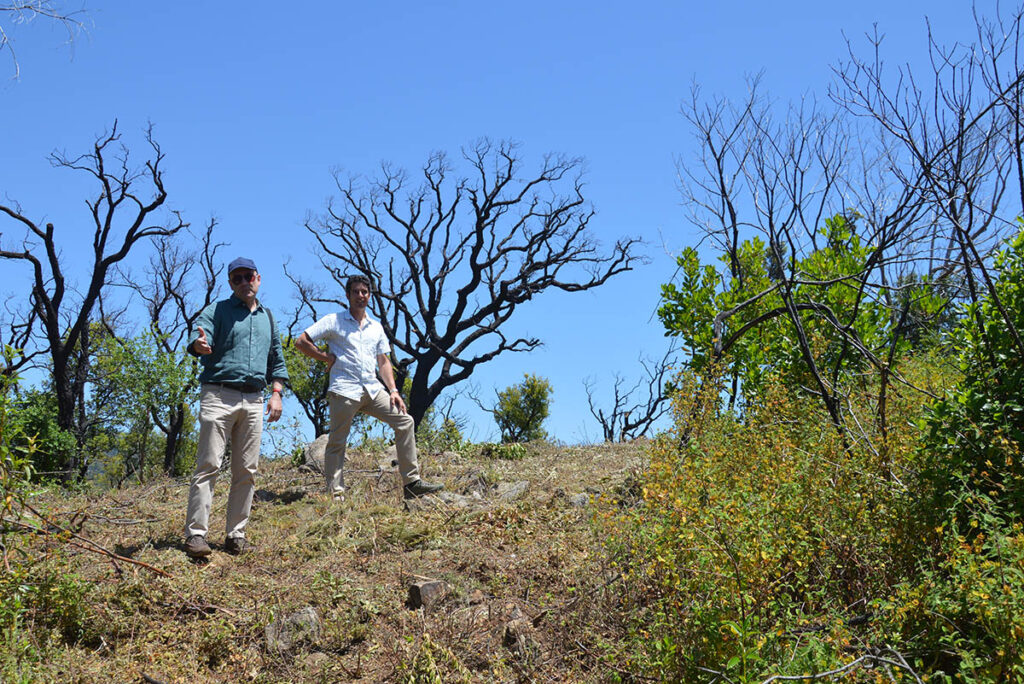
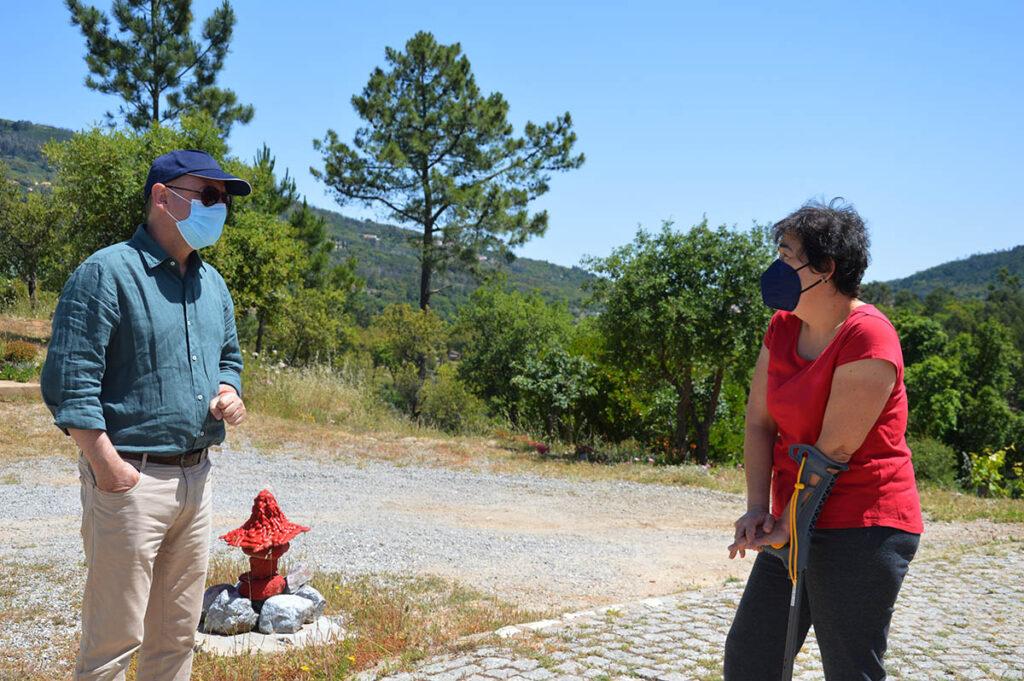
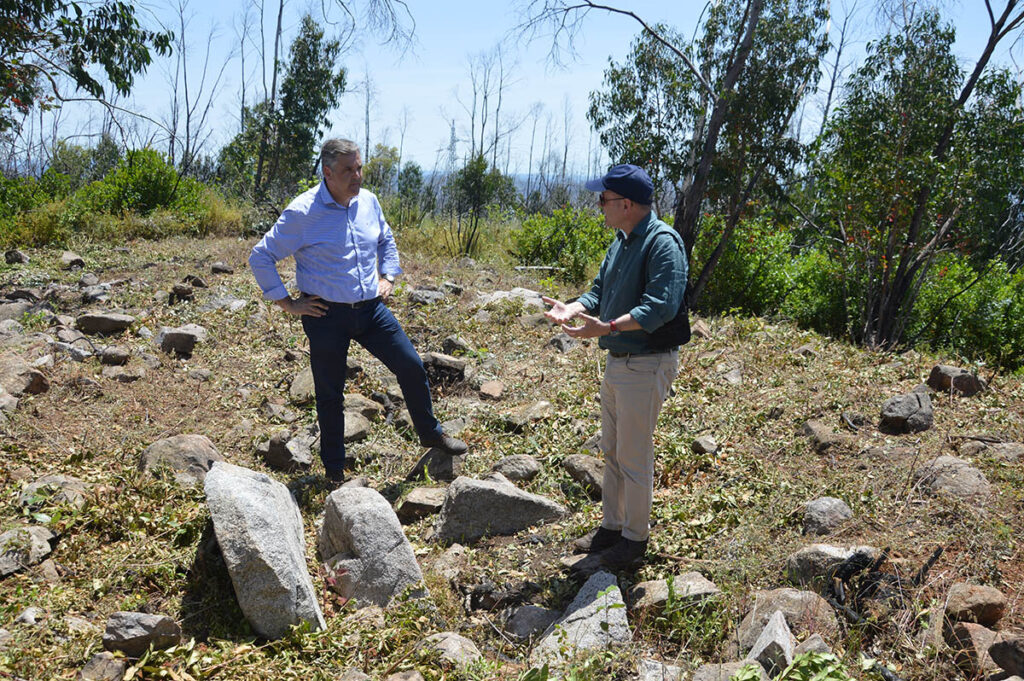
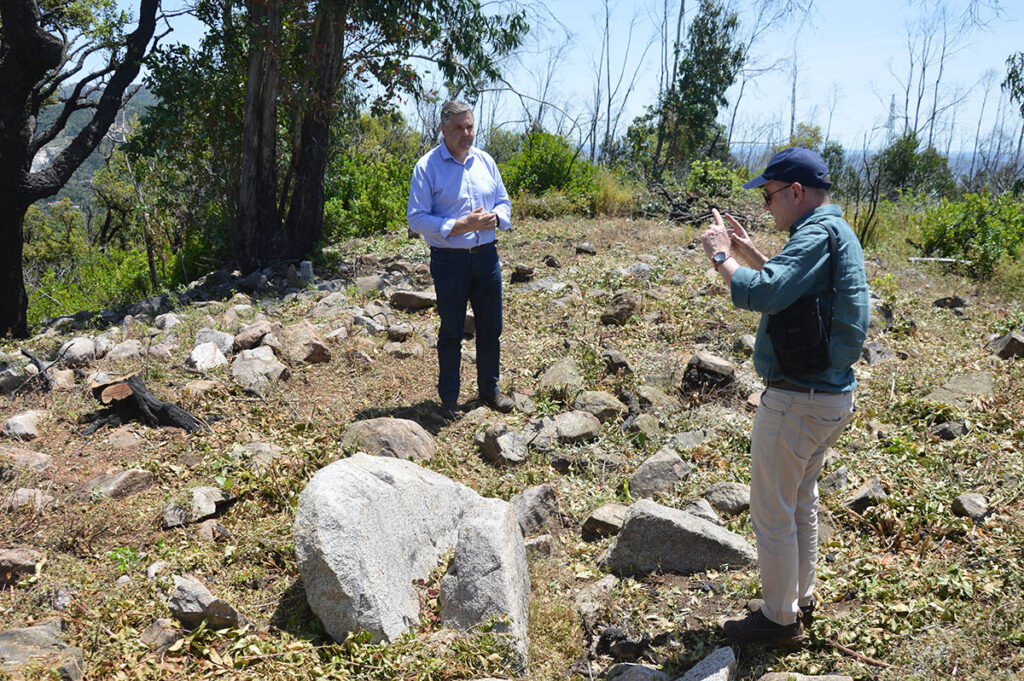
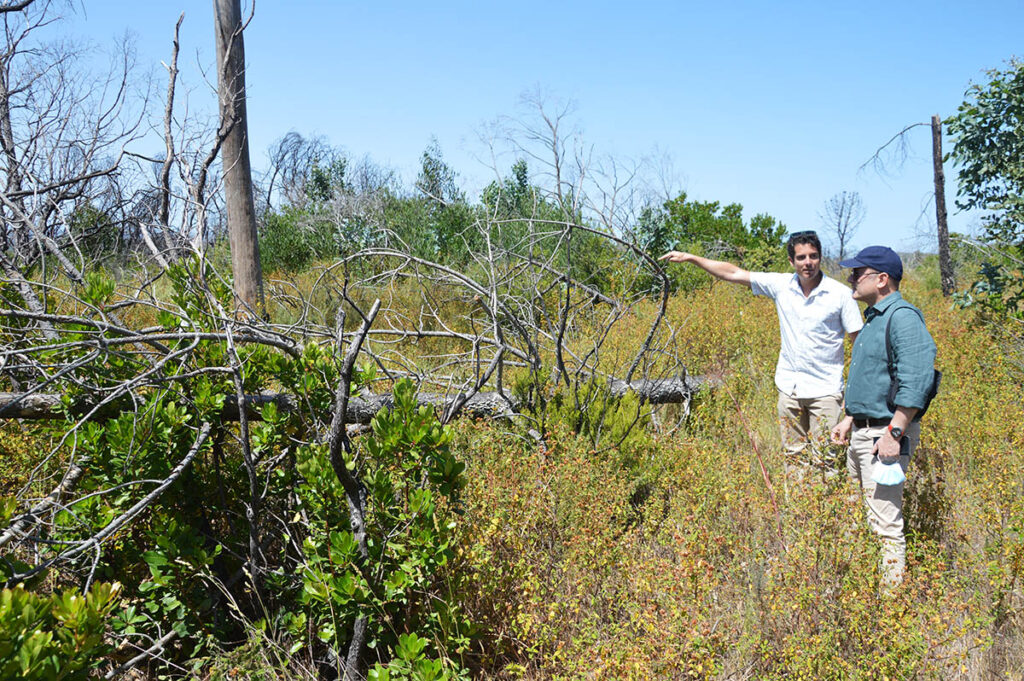


















Comments